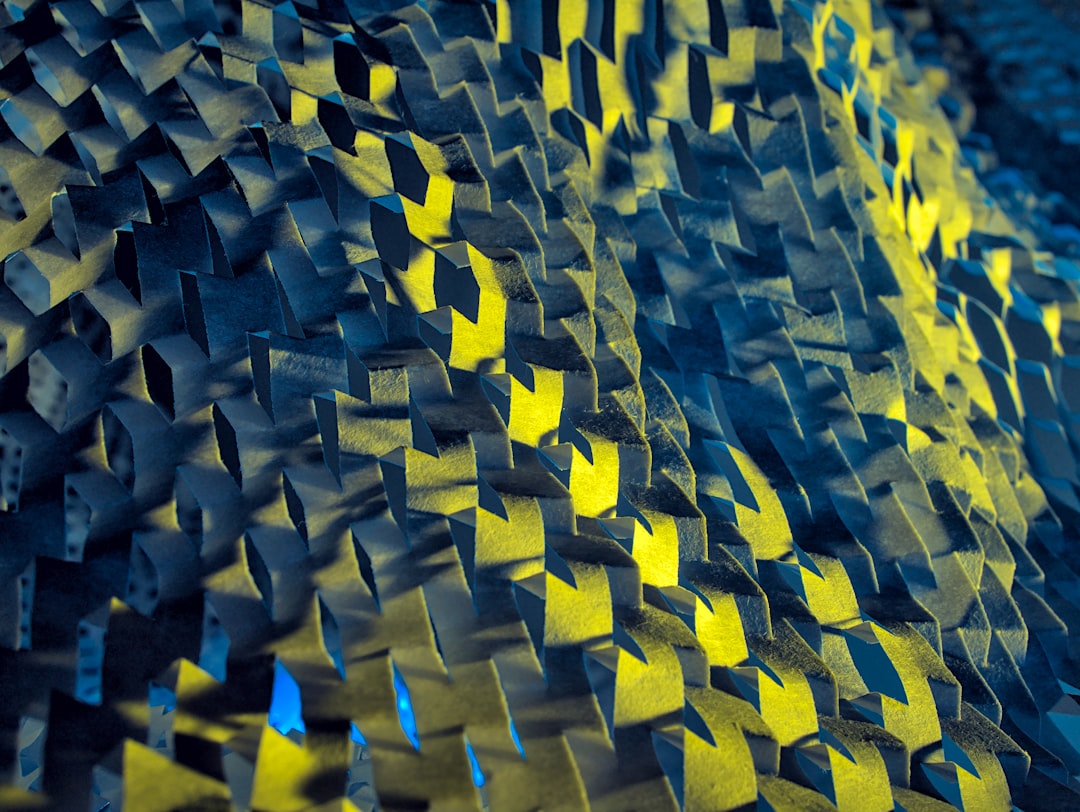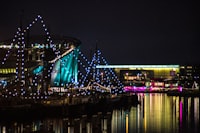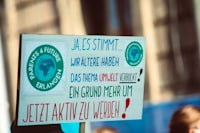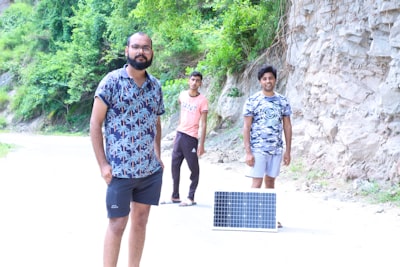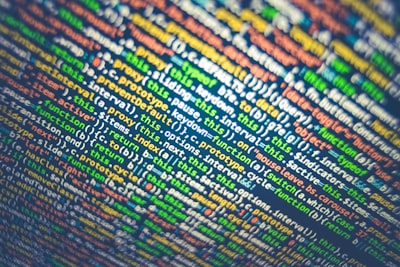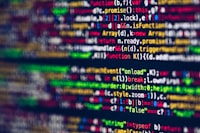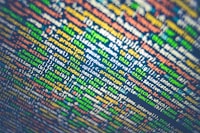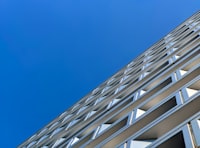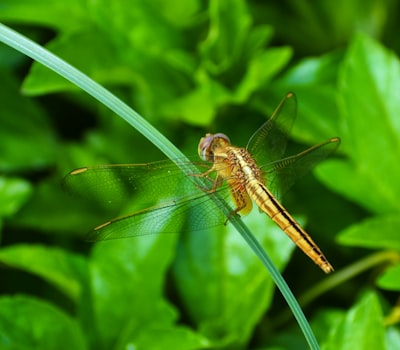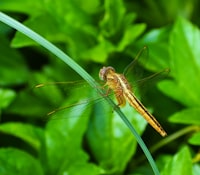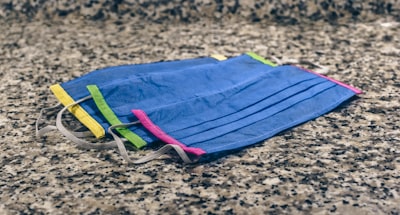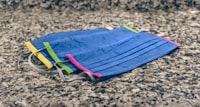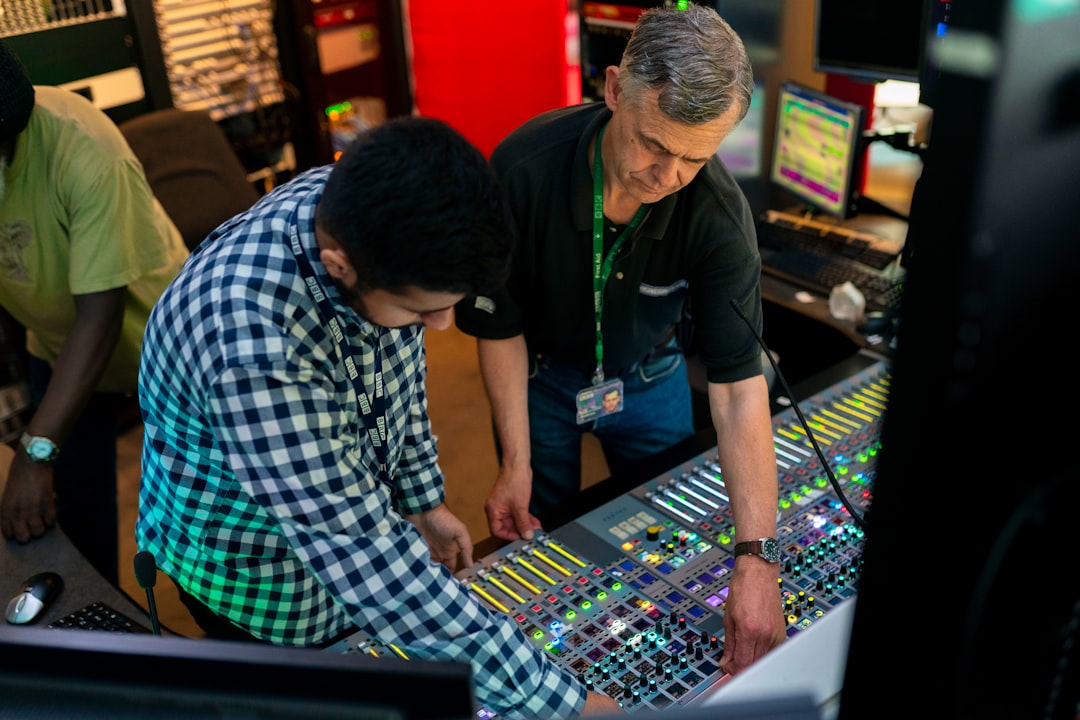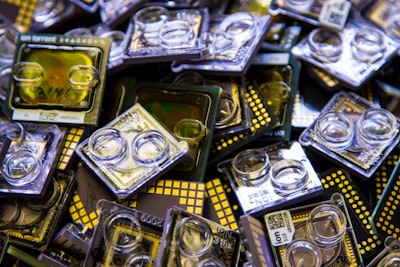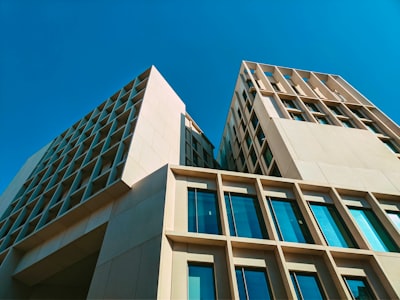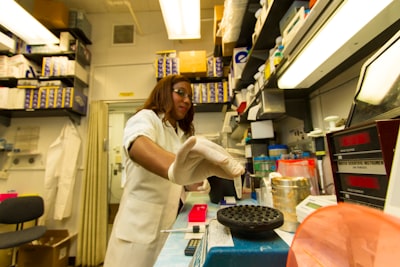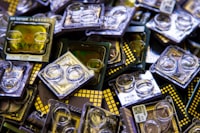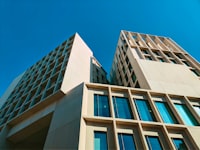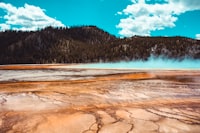Journal article
Fish Cultivation Adaptation Strategy Post-occurrence Tubo Balerang in Maninjau Lake Jorong Galapung Nagari Tanjung Sani Tanjung Raya District Agam Regency West Sumatera Province
This research was conducted in April 2017 which is located in Maninjau Lake Jorong Galapung Nagari Tanjung Sani, Tanjung Raya District, Agam Regency, West Sumatera Province. The purpose of this research is to know the characteristics of fish farmers, to know adaptation strategy conducted by fish farmers and to know the relationship of characteristics with fish farming strategy. The method used in this research is survey method. Respondent in this research is household of fish farmer counted 48 people.Based on the results of this study, it can be concluded that the characteristics of cultivators in terms of age belong to the old category (> 50 years), the characteristics of education are quite good, the characteristics of family dependents are small and the characteristics of the experience of cultivation are low. The adaptation strategies undertaken by the farmers are adaptation strategies for diversification of economic activities, mobilization of household members, utilizing social networks and work migration. Having seen the relationship between the characteristics of cultivators with adaptation strategies of fish farmers known age factor does not prevent respondents to keep looking for alternative jobs. On the characteristics of education, the strategies undertaken by respondents are not varied. The number of dependent respondents who on average in the small category did not make the respondent perform various adaptation strategies. While the experience long enough to be a cultivator does not prevent the cultivators to seek strategies outside cultivation.


